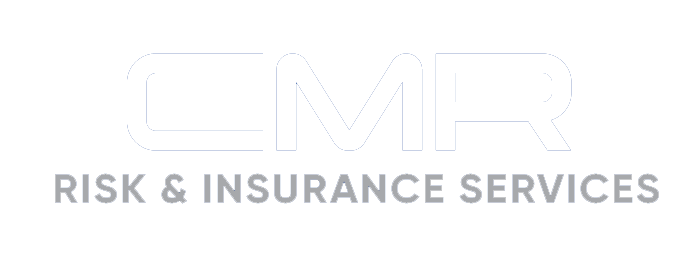Blog

March 14, 2024
How Insurers and Insureds Can Reduce Fire Risks in 2024
Global Risk Consultants released its 2024 trends for fire risk management, offering new guidance for insurers and insureds, including why proper evaluations and safety engineering reports are critical. U.S. industrial and manufacturing facilities are most at risk, suffering $1.2 billion in damages annually, according to the National Fire Protection Association (NFPA). However, cost is not the...

March 13, 2024
A Fight for Capital and Capacity – Emerging Risks in the Construction Sector
The construction industry is facing a unique set of challenges in today’s market, leading firms to seek innovative solutions to manage risk effectively. James MacNeal, global industry specialty leader, construction and infrastructure at Aon, highlighted the evolving landscape of risk transfer in the construction sector, emphasising the significance of alternative strategies like parametric insurance and captives...

March 8, 2024
Predictive Modeling: The Future of Workplace Safety Management
In today’s dynamic corporate landscape, workplace safety remains paramount for organizations across industries. While traditional approaches relying on lagging and leading indicators, safety incidents and accident information have long been the cornerstone of safety programs, there’s a growing recognition of their limitations in anticipating and preventing accidents. Enter predictive modeling and machine learning, which offer...

March 7, 2024
Cybersecurity Tips for Tax Season
Tax season cybercrime is becoming more common, with an increase in tax fraud issues from February to April — prime tax season. Business email compromise and phishing attempts are widespread during these months. Small businesses send and receive a significant amount of financial and confidential information to their accountants or tax preparers. This type of...

March 4, 2024
Redefining Safety for Workers’ Comp Excellence
In the dynamic landscape of modern industries, one constant remains: the imperative to foster a safe work environment for every employee. This isn’t merely an ethical mandate; it’s a strategic business decision with profound financial implications. A commitment to cultivating a robust safety culture not only minimizes the risk of workplace injuries, it also significantly curtails...

February 29, 2024
The Human Firewall: How Employees Can Find Empowerment in the Fight Against Cybercrime
You’ve been hacked. It’s a sentence that can stop any organization dead in its tracks. And the potential of a breach has cemented itself as one of the most devastating risks an organization could endure. An estimated 2,200 cyberattacks occur each day, equivalent to one attack every 39 seconds. This surge in cybercrime carries an astronomical...

February 26, 2024
What is Compounding Risks in the Construction Sector?
The construction industry faces several emerging risks in 2024, including supply chain disruptions reminiscent of those faced in 2020 due to geopolitical tensions in the Red Sea. Combined with ongoing economic challenges, construction businesses should expect increased costs and plan meticulously to minimize project delays, an expert told Insurance Business. “I would hazard to say almost...

February 20, 2024
These Regulatory Changes Could Impact Future Property Claims
The start of 2024 brought a host of changes that could impact property claims, including updates to major codes and guidelines that affect residential and commercial policyholders dealing with new construction, renovations, and replacement HVAC equipment. Adjusters should be aware of new sections in the 2024 International Building Code (IBC) as well as amendments to...

February 14, 2024
What Will Happen to the Surety Bond Market in 2024?
Demand for surety bonds is expected to rise as Inflation Reduction Act (IRA)-driven renewable energy and grid modernization projects get underway in the United States. With interest rates remaining elevated this year, lending remains challenging. Businesses will seek alternative financing through surety bonds, and insurers are expected to step up capacity, according to Karl Choltus...

February 13, 2024
Debunking 5 Common Cybersecurity Myths
Also known as IT security, cybersecurity refers to the act of safeguarding internet-connected systems, critical data and other digital assets from potential cyberthreats—threats that may attempt to exploit sensitive information, steal funds or disrupt normal business operations. In other words, cybersecurity consists of the strategies implemented to help protect people, processes and technology from cyberattacks...
